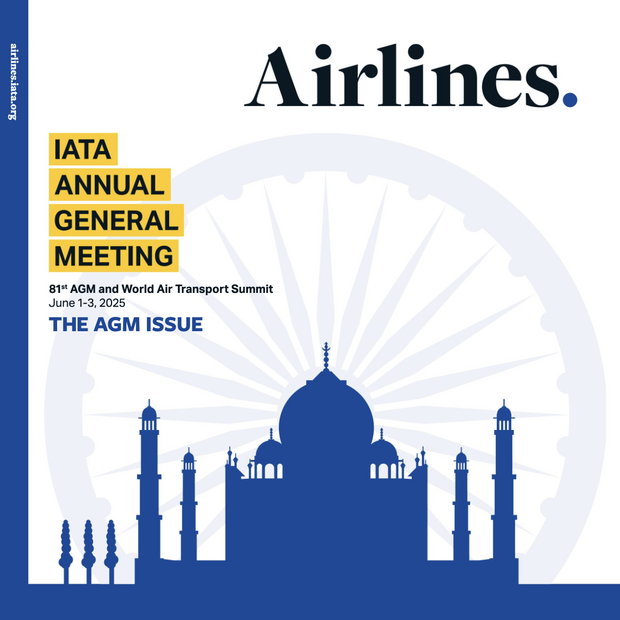
Welcome to all who are joining this call. Before taking your questions, I want to emphasize four things:
Brian has painted the picture of what the aviation industry will look like as it recovers from COVID-19.
The first is the dimension of this crisis.
The losses this year will be the biggest in aviation history—over $84 billion in 2020 and nearly $16 billion in 2021. By comparison, airlines lost $31 billion with the Global Financial Crisis and oil price spike in 2008 and 2009. There is no comparison for the dimension of this crisis.
The second point is the critical importance of governments and industry working together to implement the ICAO re-start guidelines.
Our research shows that people will return to flying as soon as borders open. That is why we worked for and strongly support ICAO’s Take-off plan to re-start aviation. We must be prepared for the eventual recovery with global measures that are universally implemented. That will give governments the confidence to open borders. And it should give passengers the confidence to fly.
In March we had a disorderly shut-down of the industry. The ICAO guidelines, agreed by governments, are at the core of an orderly re-start—provided the guidelines are universally implemented, harmonized and mutually recognized.
This would be a stark contrast to post 9.11 when everybody essentially did their own thing and we have spent 20 years sorting out the differences.
And the other re-assuring development compared to 9.11 is the agreement that measures are temporary and will be evaluated often—as science, technology and medicine advance. With a continuous updating—including the removal of measures no longer needed for safety—passenger confidence should remain high.
The third point that I want to emphasize is the need to avoid quarantine
- Screening measures at departure should prevent symptomatic people from flying.
- Precautionary measures through the journey—social distancing, better sanitization and mask-wearing when social distancing is not possible—will keep people safe when traveling.
- And effective contact tracing on arrival should limit the risks of asymptomatic travelers creating new clusters.
This layered approach should give governments the confidence to re-open borders without quarantine measures. Quite frankly, if quarantine is introduced economies are effectively kept in lockdown for the purposes of travel. Over 80% of travelers tell us that if quarantine is imposed, they won’t travel.
We are encouraged to see the very fast developments in accurate mass testing capabilities for COVID-19. As confidence in testing grows, we see the potential for it to play a pivotal role in keeping borders open without quarantine.
The fourth point is that the industry emerging from this crisis will have much more debt.
Airlines entered 2020 in relatively good financial shape. After a decade of profits, debt levels were relatively low ($430 billion, roughly half annual revenues).
Vital financial relief measures by governments have kept airlines from going bankrupt but have ballooned debt by $120 billion to $550 billion. That is about 92% of the expected revenues in 2021.
Further relief measures should be focused on helping airlines to generate more working capital and stimulating demand rather than further expanding debt levels.
Looking ahead
The outlook is challenging to say the least. But aviation is a resilient industry. With a globally harmonized and mutually recognized approach to the re-start measures, we can rebuild the confidence of travelers and kick-start the recovery in aviation and more broadly.
With that, I am looking forward to your questions.
Media Briefing Recording: Listen to the teleconference (mp3)

